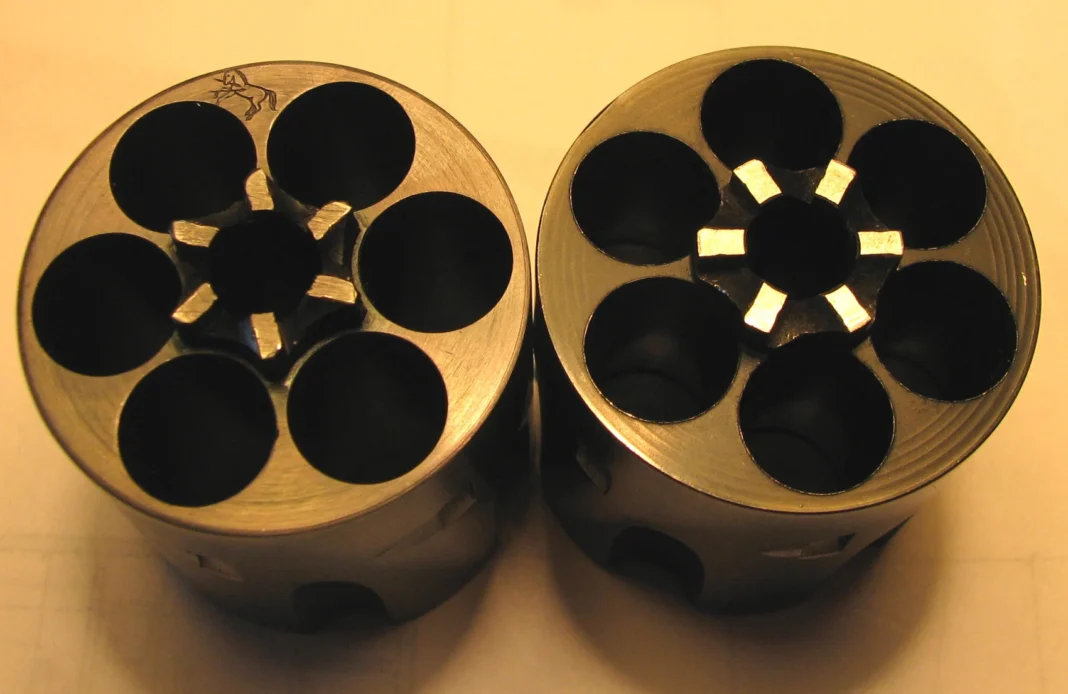Outline of the Article
- Introduction to SAA Cylinders
- Understanding SAA Cylinders: Construction and Components
- H1: What is an SAA Cylinder?
- H2: Construction Materials
- H2: Key Components
- Importance of SAA Cylinders in Various Industries
- H1: Industrial Applications
- H2: Aerospace Industry
- H2: Automotive Sector
- H2: Medical Field
- Advantages of SAA Cylinders
- H1: Lightweight Design
- H1: Corrosion Resistance
- H1: High Strength-to-Weight Ratio
- Challenges and Limitations
- H1: Cost Considerations
- H1: Machining Complexity
- Future Trends and Innovations in SAA Cylinder Technology
- H1: Advancements in Material Science
- H1: Integration of IoT and Smart Technologies
- Conclusion
- FAQs
SAA cylinder, or Structural Aluminum Alloy cylinders, are crucial components in various industrial applications due to their lightweight yet durable design. Let’s delve into the intricacies of SAA cylinder, their construction, importance across different sectors, advantages, challenges, and future innovations.
What is an SAA Cylinder?
SAA cylinders are cylindrical structures crafted from high-strength aluminum alloys. These alloys are meticulously engineered to possess exceptional strength-to-weight ratios, making them ideal for applications where weight reduction is critical.
Construction Materials
The primary construction material for SAA cylinder is aluminum alloy, typically reinforced with trace elements to enhance specific properties such as corrosion resistance and mechanical strength.
Key Components
SAA cylinders consist of several integral components, including the cylinder body, end caps, valves, seals, and in some cases, internal pistons or plungers. These components work harmoniously to ensure efficient and reliable operation.
Importance of SAA Cylinders in Various Industries
Industrial Applications
In the aerospace industry, SAA cylinders find extensive use in aircraft hydraulic systems, landing gear assemblies, and actuation mechanisms due to their lightweight nature and corrosion resistance.
In the automotive sector, SAA cylinder are utilized in brake and suspension systems, contributing to improved fuel efficiency and vehicle performance.
Within the medical field, SAA cylinders play a vital role in medical gas delivery systems, where precision and reliability are paramount.
Advantages of SAA Cylinders
Lightweight Design
One of the most significant advantages of SAA cylinders is their lightweight construction, facilitating easier handling, reduced fuel consumption (in aerospace and automotive applications), and improved portability in medical settings.
Corrosion Resistance
Aluminum alloys inherently possess excellent corrosion resistance, making SAA cylinders ideal for use in harsh environments where exposure to moisture or corrosive substances is common.
High Strength-to-Weight Ratio
Despite their lightweight nature, SAA cylinder exhibit remarkable strength, allowing them to withstand high pressures and mechanical stresses without compromising performance or safety.
Challenges and Limitations
Cost Considerations
The production of SAA cylinders involves specialized materials and manufacturing processes, contributing to higher production costs compared to conventional steel cylinders.
Machining Complexity
Aluminum alloys, while lightweight and robust, can pose challenges during machining due to their unique properties. Precision machining is often required, adding complexity and cost to the manufacturing process.
Future Trends and Innovations in SAA Cylinder Technology
Advancements in Material Science
Ongoing research in material science aims to develop aluminum alloys with enhanced properties, such as improved strength, fatigue resistance, and corrosion protection, further expanding the capabilities of SAA cylinders.
Integration of IoT and Smart Technologies
The integration of IoT (Internet of Things) and smart technologies into SAA cylinder systems enables real-time monitoring of pressure, temperature, and performance metrics, enhancing operational efficiency and predictive maintenance capabilities.
Conclusion
SAA cylinders represent a cornerstone of modern engineering, offering lightweight, durable solutions for a wide range of industrial applications. As advancements in material science and technology continue, the future of SAA cylinder technology holds promise for even greater efficiency, reliability, and versatility.
FAQs
- Are SAA cylinders suitable for high-pressure applications?
- Yes, SAA cylinders are engineered to withstand high pressures, making them suitable for a variety of industrial and commercial applications.
- Can SAA cylinders be recycled?
- Absolutely, aluminum is highly recyclable, making SAA cylinders an environmentally friendly choice compared to alternative materials.
- How do SAA cylinders compare to traditional steel cylinders in terms of performance?
- SAA cylinders offer comparable performance to traditional steel cylinders but with the added benefits of lightweight design and corrosion resistance.
- Are there any specific safety considerations when using SAA cylinders?
- While SAA cylinders are generally safe for use, proper handling and maintenance procedures should be followed to ensure optimal performance and safety.
- What industries benefit the most from the use of SAA cylinders?
- Industries such as aerospace, automotive, medical, and industrial manufacturing benefit significantly from the lightweight, durable properties of SAA cylinders.


